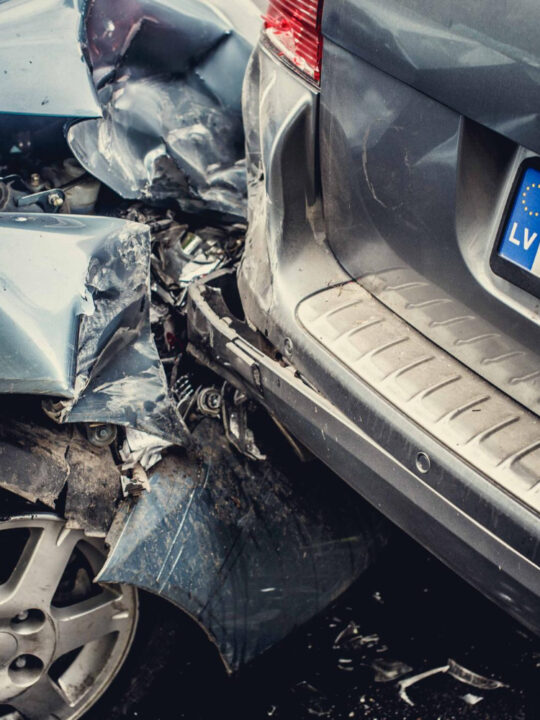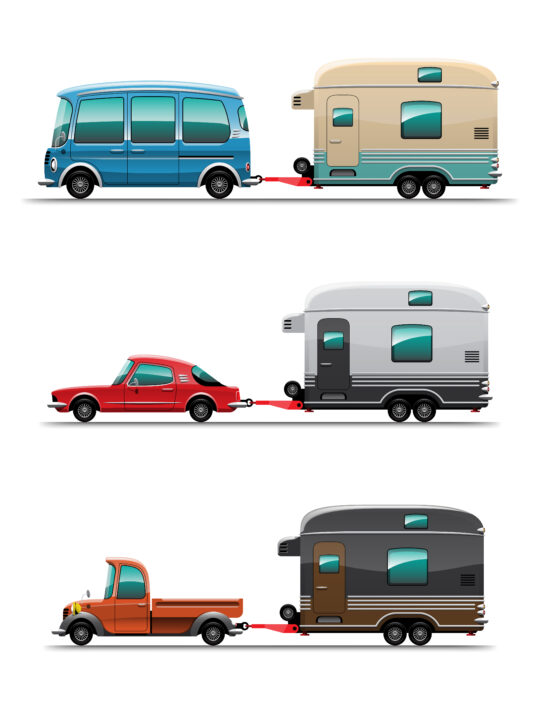
When you have been involved in a car accident in Texas, it is important to understand who is to blame. The question of blame is one of the most important aspects of a case. It can also be a complex and thorny issue to resolve. In general, a driver can be totally at fault, not at fault at all, or partially at fault. While the first two are fairly straightforward, the third option may be more difficult to understand.
Table of Contents
What is Comparative Negligence?
Texas is a comparative negligence state. In a comparative negligence state, liability for an accident is determined by looking at the actions of all the parties that were involved in or may have contributed to an accident. When looking at fault, factfinders such as judges, juries, and insurance claims adjusters assign percentages of fault to parties involved in a car accident.
Here is an example. Let’s say driver A comes to a 4-way stop at an intersection and stops. There are no other drivers stopped at the intersection. Driver A then begins to proceed through the intersection. At that moment, driver A’s cell phone rings and driver A looks down at it rather than looking at the roadway. Driver A never sees driver B. Driver B, approaches the same intersection in a perpendicular fashion and fails to see the stop sign, speeding through the intersection hitting driver A’s passenger side.
In a comparative negligence state such as Texas, the fact finder would look at driver A’s failure to look at the road and assign perhaps 15% culpability to driver A. Driver B would receive 85% culpability.
Each case has unique facts and an attorney can help you understand the facts of your case and how they affect you.
How Comparative Negligence Affects a Claim For Damages
There is a direct correlation between culpability and damages in a comparative negligence state. Damages awards are reduced by the percentage of culpability assigned. In our example, if driver A’s damages are $100,000, driver A’s damages would be reduced by $15,000 if driver A is 15% at fault. In contrast, if driver B is completely at fault, driver A may collect $100,000 in damages.
What is a Comparative Negligence Bar and How Does it Affect Your Injury Claim?
Texas adds another wrinkle, however, because the state follows a modified comparative negligence system. That means that if a party is found to be 51% or more at fault, that party is barred from collecting any damages at all.
Let’s go back to that example above. Driver B is allocated 85 percent of the blame for the crash. Under Texas’s modified comparative fault rules, Driver B will be barred from seeking and recovering any money for crash-related injuries. Why? Because Driver B shares more than 51 percent of the blame.
Implications for Personal Injury Claims in Texas
Sometimes, liability is clear. However, there are many times when several factors contribute to an accident, making liability a murky proposition. Liability opinions differ even among seasoned professionals. The closer you are to the 51%, the more difficult the case.
Luckily, in Texas, if your personal injury claim arises from an automobile accident, and you have Personal Injury Protection (PIP) insurance, the bar is no longer an issue. Most drivers carry some PIP unless they have declined that coverage. With PIP, you will be able to collect the damages you have incurred. You can also file a PIP claim in conjunction with a claim against the other driver.
Finally, it is always helpful to know and keep in mind that when looking at personal injury claims, a claims adjuster will uniformly try to apportion liability is such a way as to protect their insured from liability and to minimize any possible payout on a claim. This is especially true when damages are large and liability issues are an issue. Always cover your bases and get help from a car accident attorney you trust and respect.







